The Windows 10 Fall Creators Update brings an impressive array of new features for developers. At the Windows Developer Day, the Microsoft engineering teams will introduce the latest news for developers.
One of the most exciting is Windows Mixed Reality as a feature of the base operating system, bringing Virtual Reality to the masses with reasonably priced VR headsets. Additional topics include Xamarin, .NET Standard 2.0 and the XBox Live Creators Program.
MVPs (Microsoft Most Valuable Professionals) around the globe organize viewing parties. Through the Austrian mobility.builders mobile developer community and together with fellow MVP Helmut Krämer, I have the honor of hosting the local streaming party in Vienna.
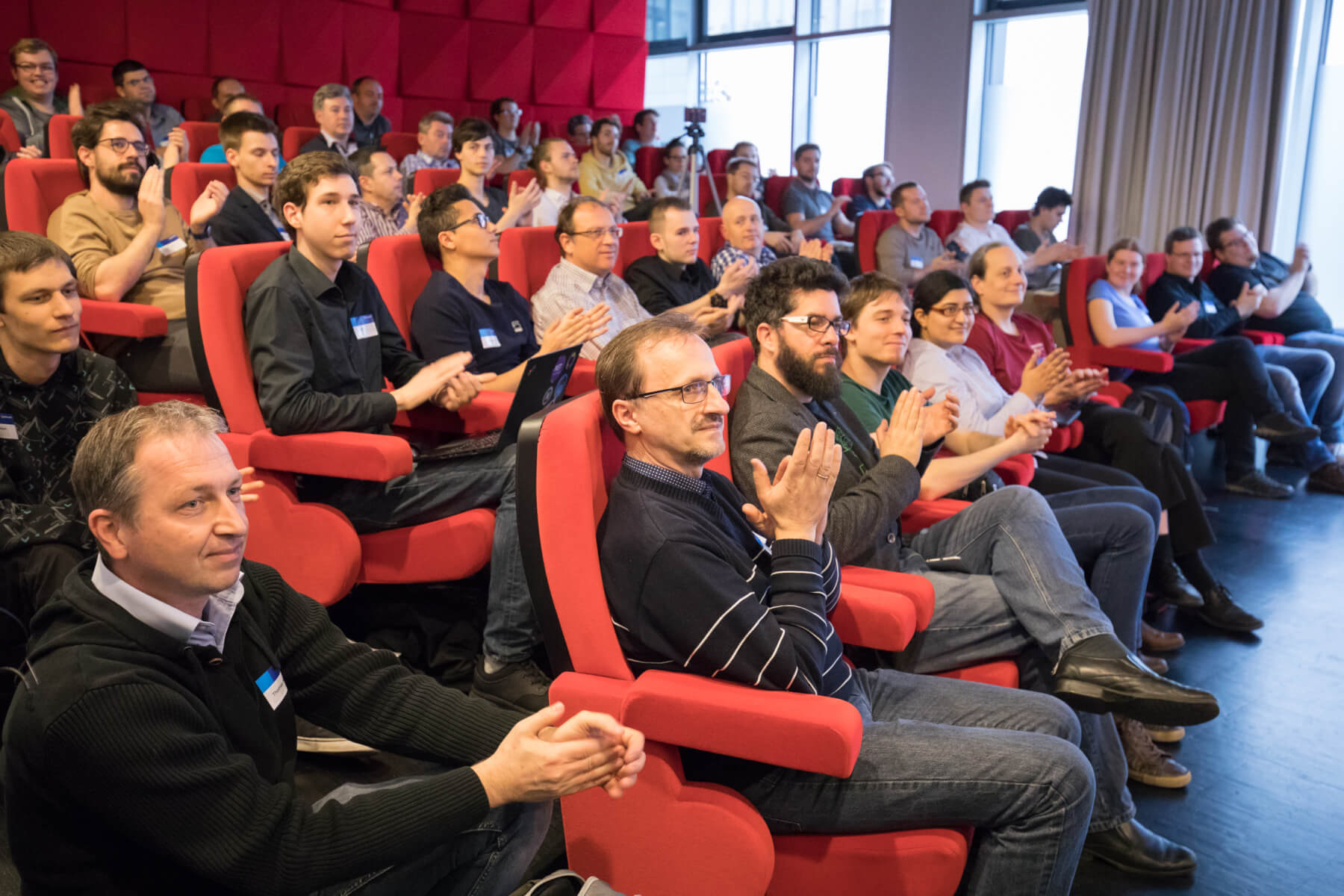
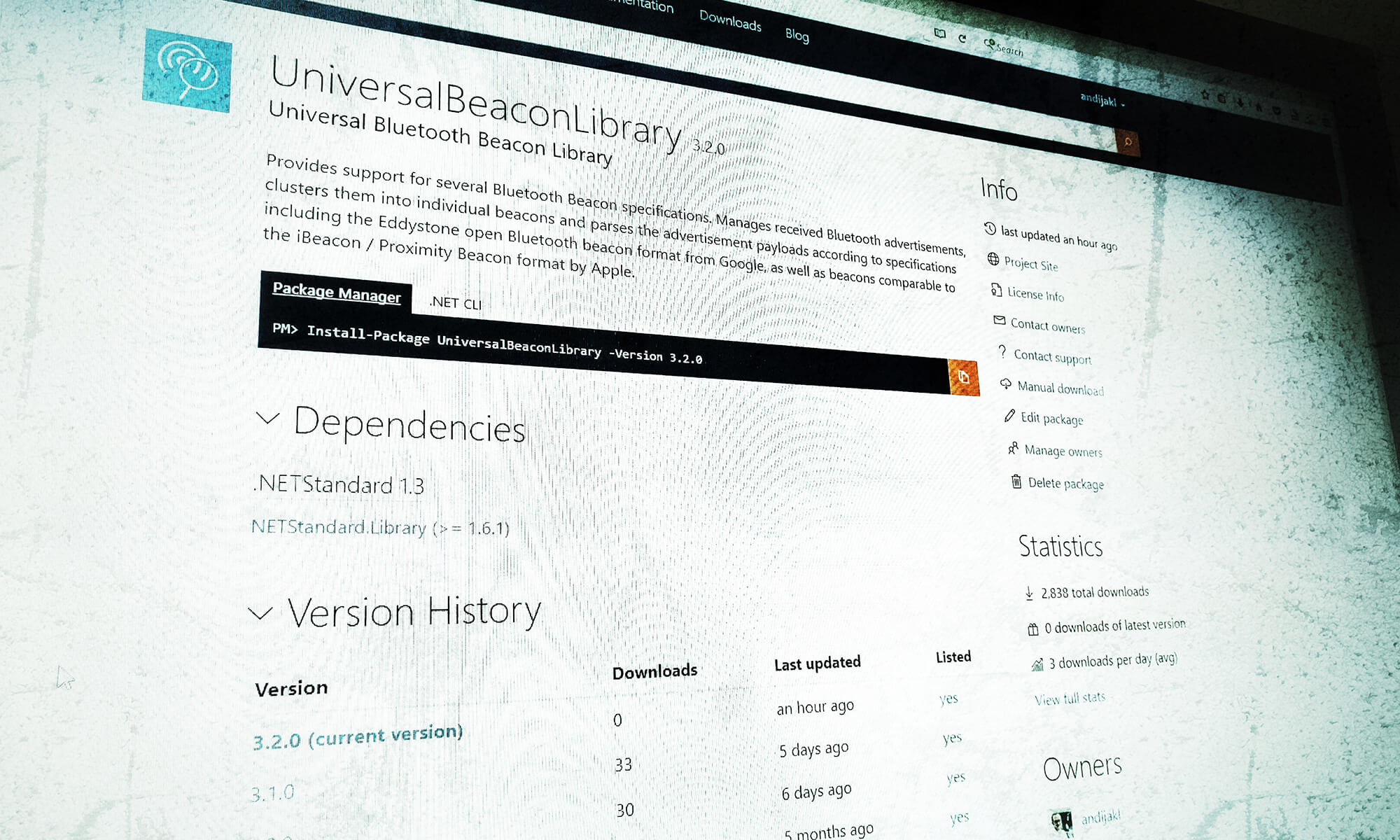
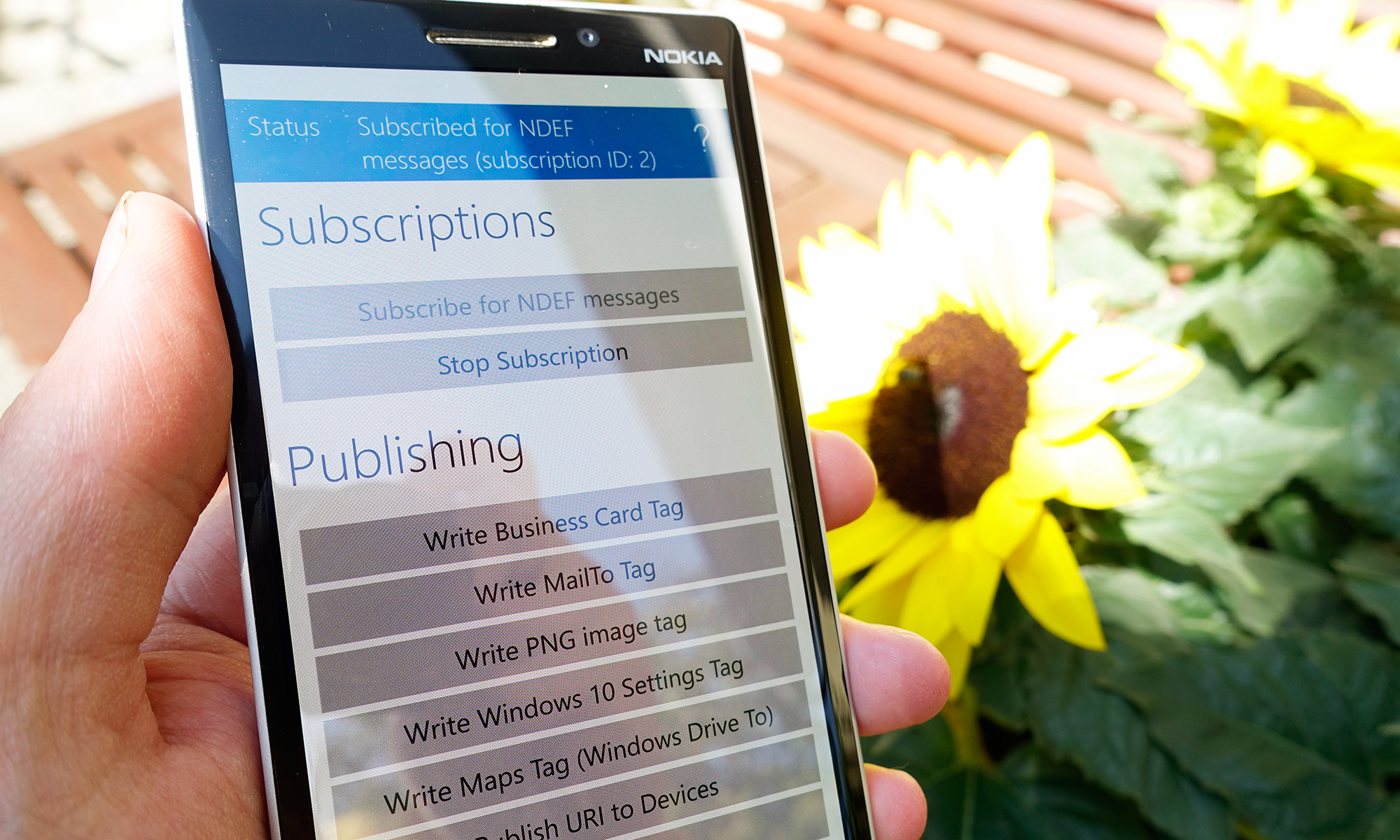
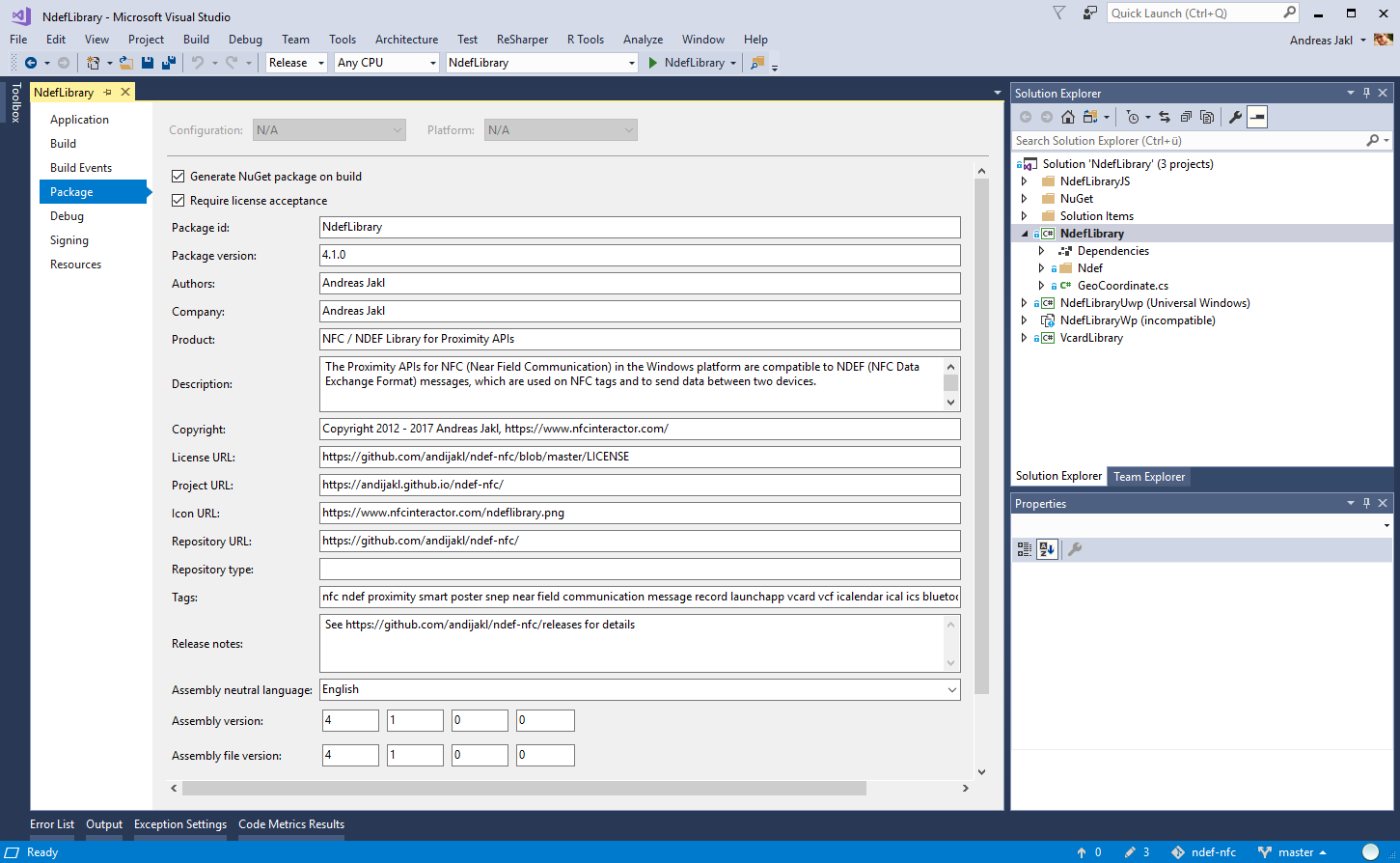

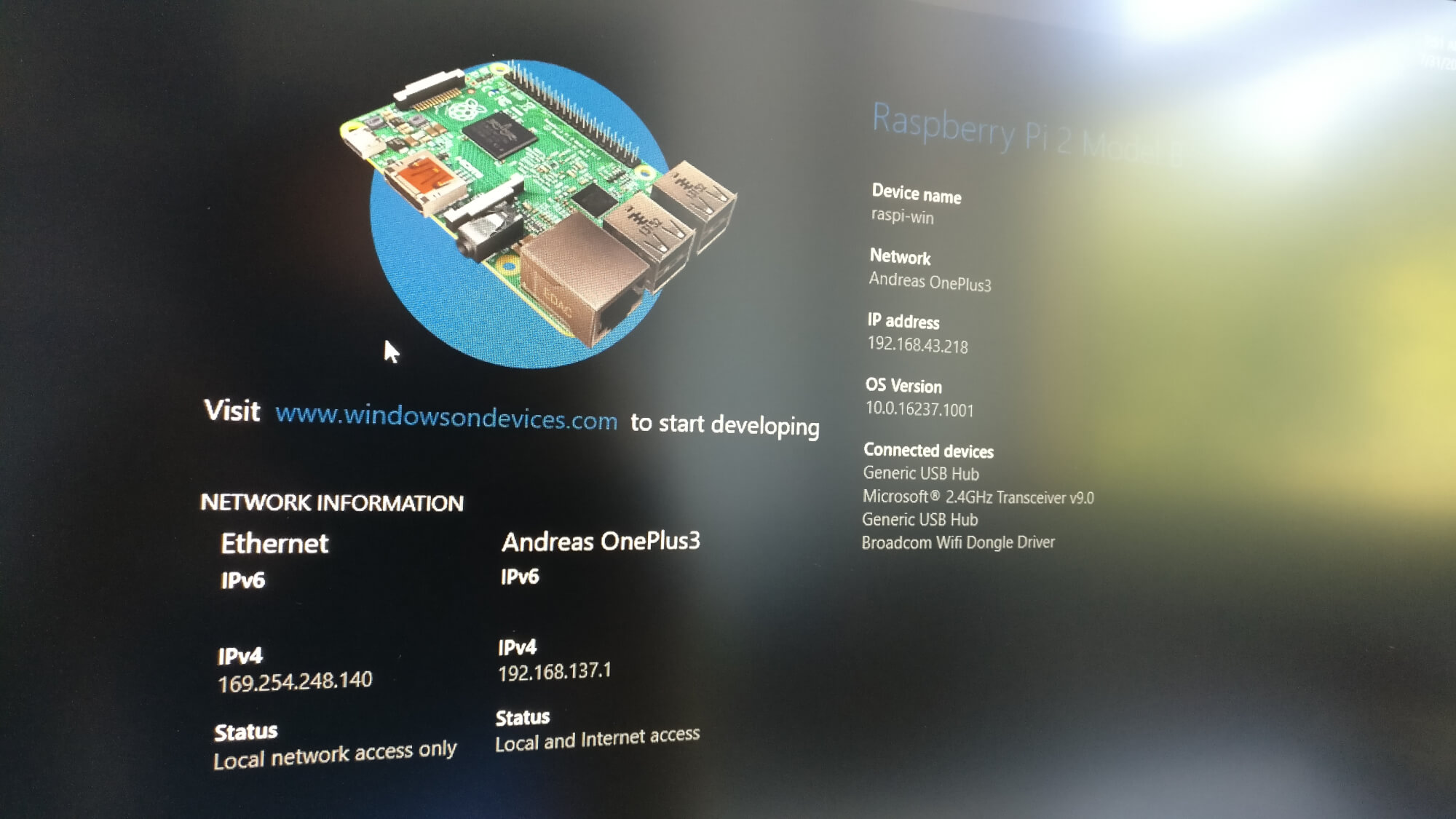
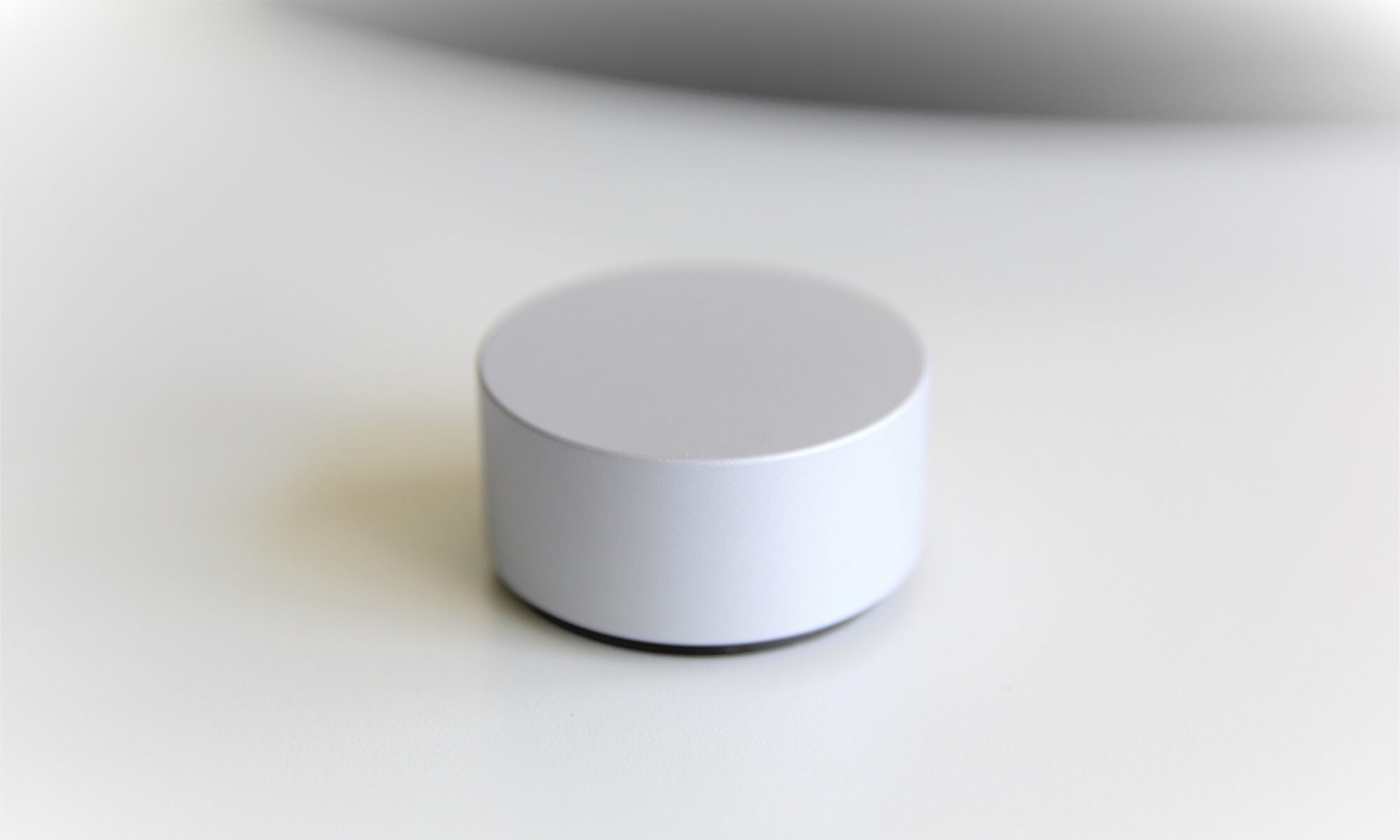
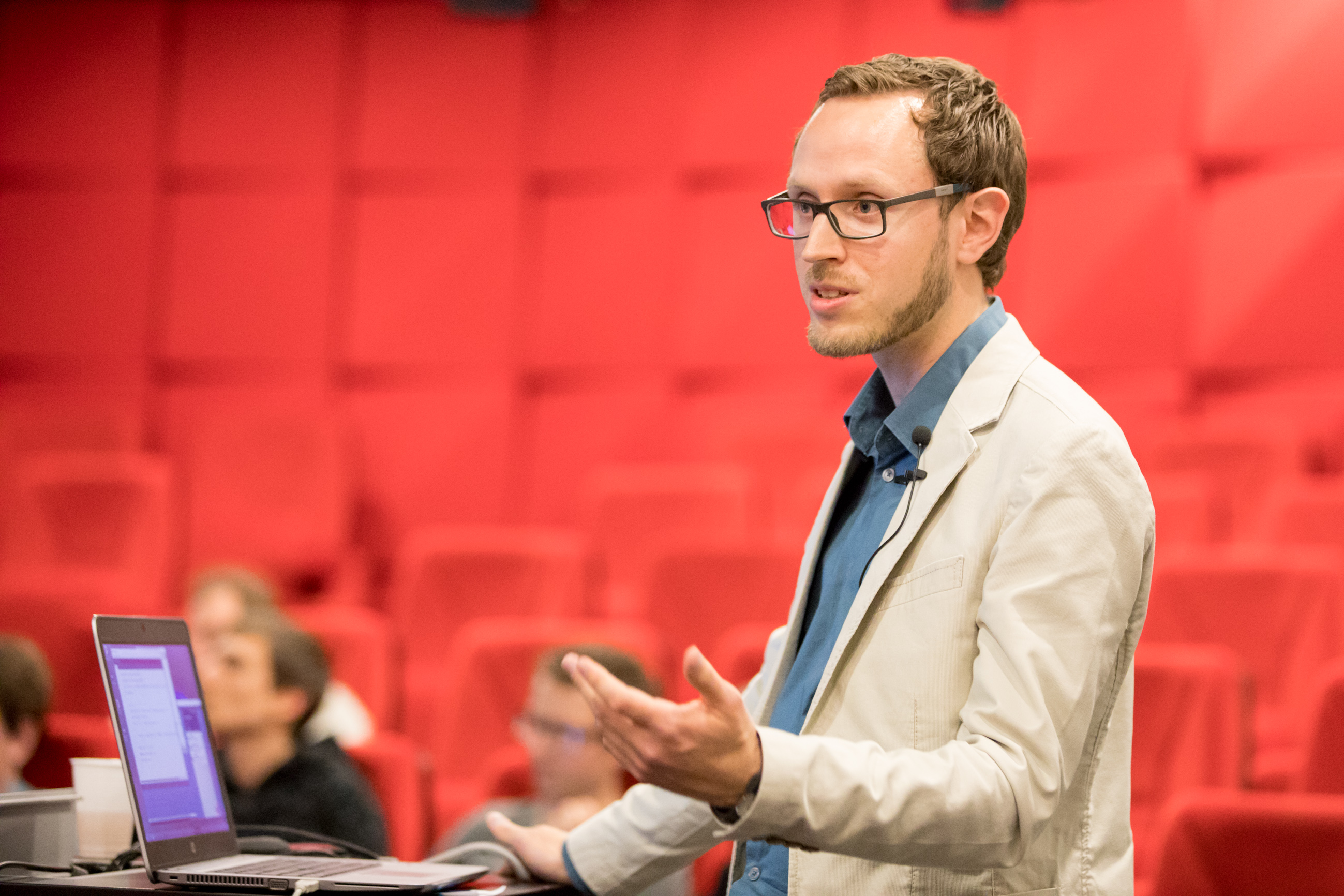
You must be logged in to post a comment.